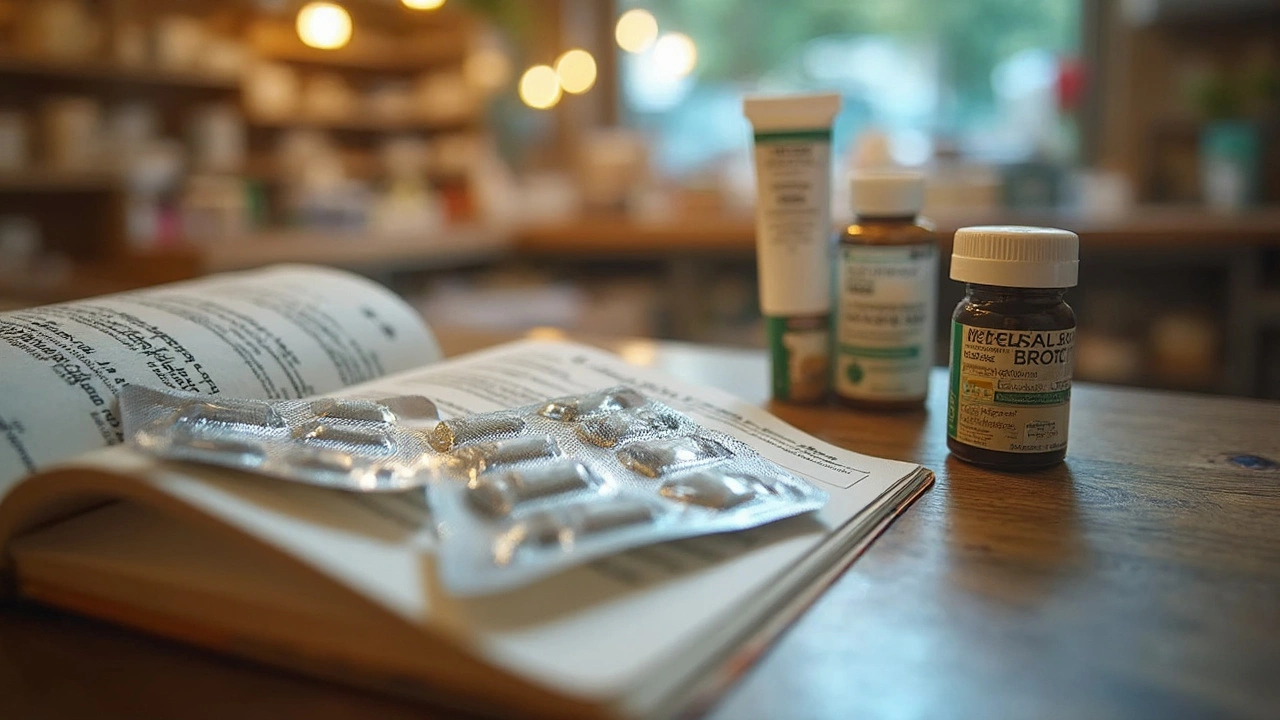Terbinafine — what it treats, how to use it, and safety tips
Terbinafine is one of the go-to antifungals. For athlete’s foot, ringworm and stubborn nail fungus it often works better than creams alone. But oral terbinafine is a real medication with side effects and interactions, so it pays to know when to use topical products and when to see a doctor.
What terbinafine treats and how it’s given
Topical terbinafine (cream, gel or spray) is handy for skin infections like tinea corporis (ringworm), tinea pedis (athlete’s foot) and jock itch. You usually apply it once or twice daily for 1–4 weeks, depending on the area and severity.
Oral terbinafine (commonly 250 mg once daily) is used for nail fungus (onychomycosis) and deep or widespread skin infections. For fingernail infections the typical course is about 6 weeks; for toenails it’s often 12 weeks. Expect the nail to keep looking bad for months even after the fungus is cleared — nails grow slowly.
What to watch for: side effects and safety
Common side effects are mild: headache, upset stomach, and changes in taste. A reduced or altered sense of taste can happen and sometimes takes a while to return. More serious problems are rare but can include liver injury, severe rash, or blood count changes. If you get jaundice (yellow skin/eyes), dark urine, severe belly pain, unexplained bruising, or persistent fever, stop the drug and get medical help.
Because terbinafine is processed by the liver, doctors often check liver tests before starting the oral tablet and again if symptoms suggest liver trouble. Tell your prescriber about any liver disease, heavy alcohol use, or medications you take. Terbinafine can interfere with drugs that depend on the CYP2D6 enzyme — for example, it can change levels of some antidepressants, beta-blockers, or tamoxifen. Mention all prescription and nonprescription meds so your clinician can check interactions.
Pregnant or breastfeeding? Ask your doctor. Topical terbinafine is often safer, but oral terbinafine is usually only given when the benefit outweighs the risk.
Practical tips: trim and file infected nails before treatment to help the medicine reach the fungus. Keep feet dry, change socks daily, and avoid damp shared footwear. For athlete’s foot, treat both feet and wash socks and tools to avoid reinfection. Don’t stop an oral course early because relapse is common if fungus isn’t fully eradicated.
Want to know if oral terbinafine is worth it? For many people with true nail fungus, a full oral course gives the best chance of clearing the infection. But for mild skin cases, topical treatments or simple hygiene changes may be enough.
This page is for general info, not medical advice. If you’re unsure whether terbinafine is right for you, book a quick chat with your doctor or pharmacist — they can check liver tests, drug interactions, and help pick the safest option.
